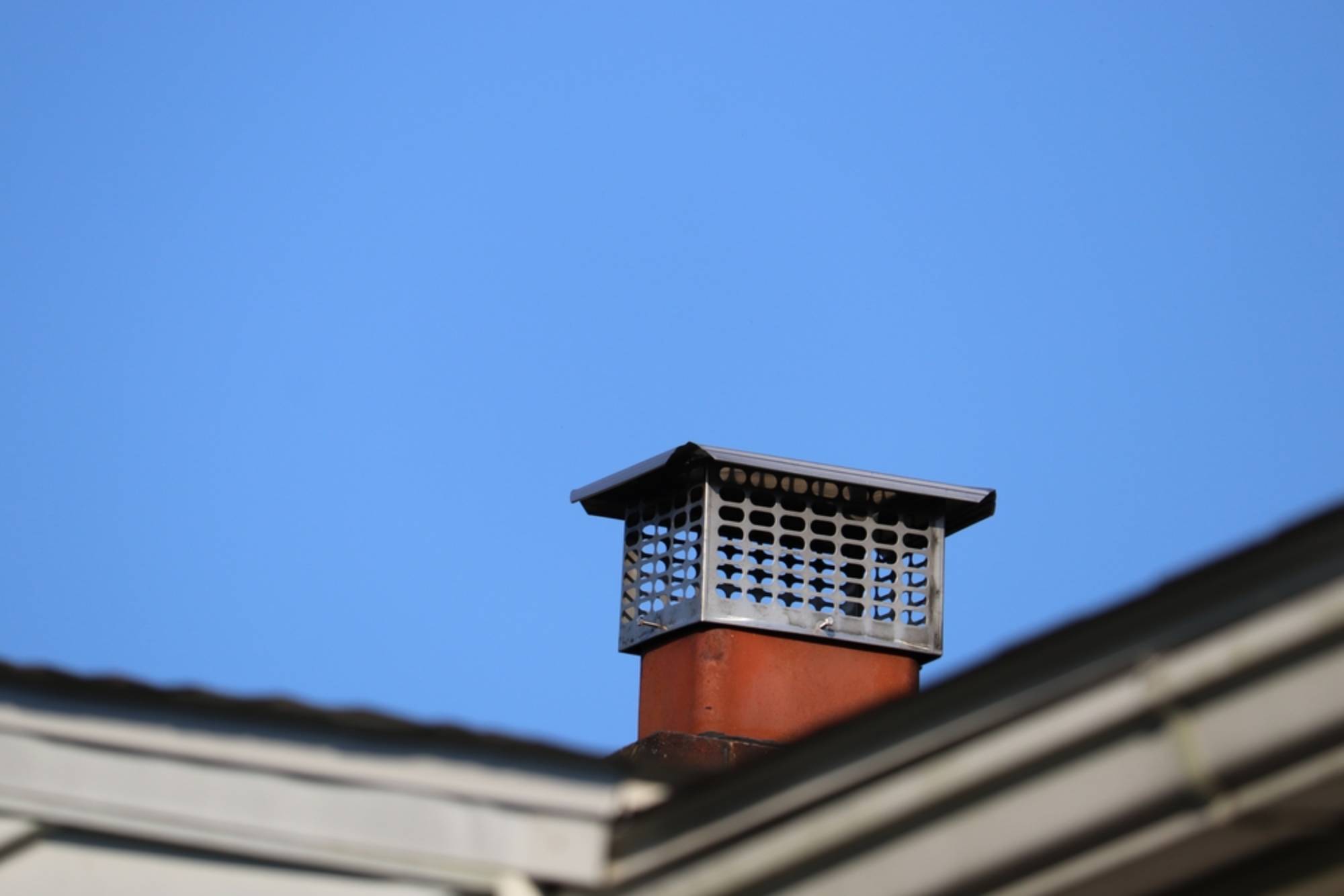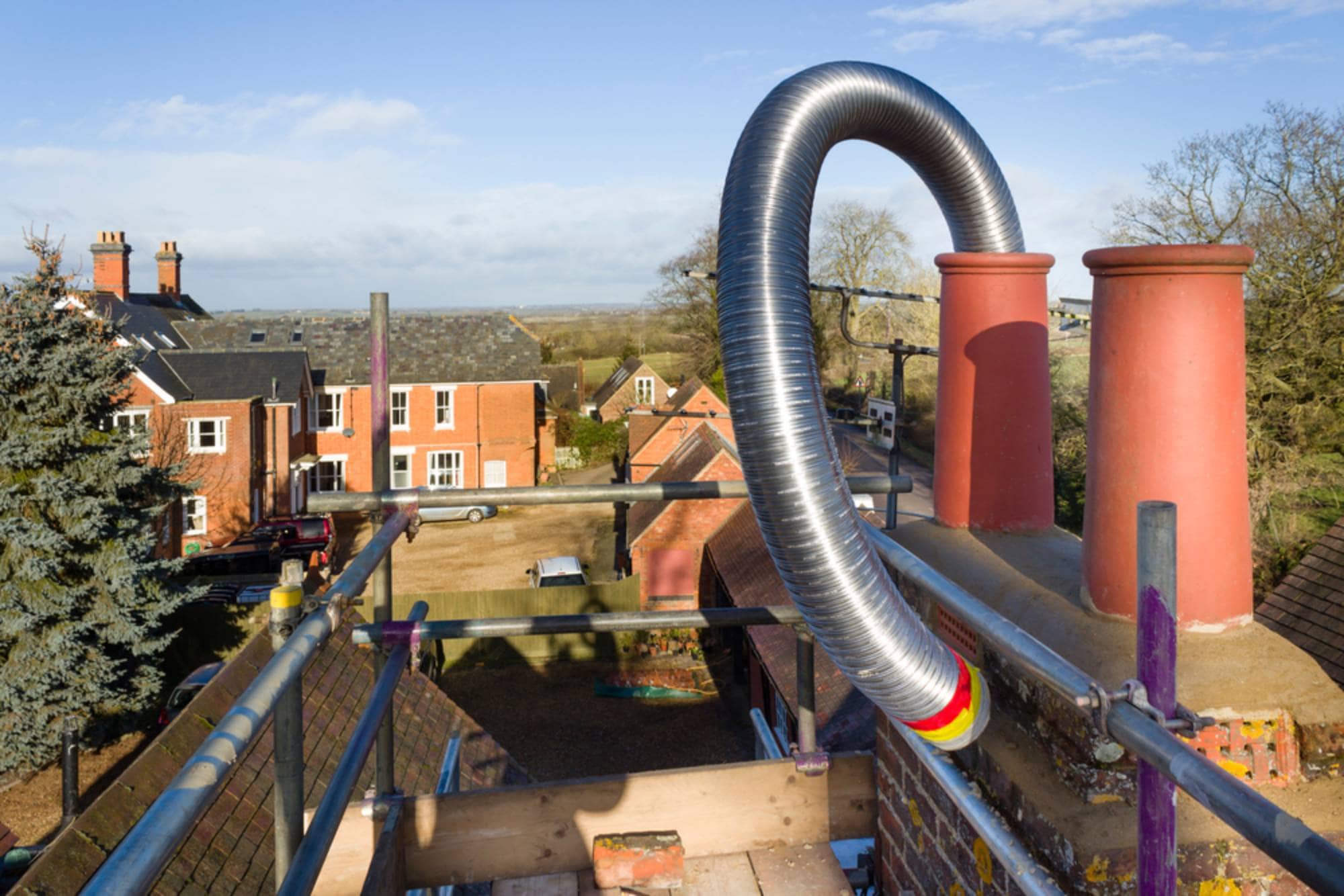Professional chimney liner installation that protects your home from fire hazards and ensures your heating system runs efficiently and safely.

Hear from Our Customers

You get a chimney that actually works the way it should. No more smoke backing up into your house. No more worrying about carbon monoxide leaks or fire hazards from cracked flue tiles.
Your heating system runs more efficiently, which means lower energy bills and better performance. The liner protects your chimney walls from acidic combustion gases that eat away at mortar and brick over time.
Most importantly, you sleep better knowing your family is protected from the silent dangers that come with damaged or missing chimney liners.
We’ve been installing chimney liners throughout Bristol County for over 25 years. Our CSIA-certified technicians know the local building codes, understand the unique challenges of New England weather, and work with everything from historic Colonial chimneys to modern heating systems.
We’re not a fly-by-night operation. We’re a family-owned business with an A+ Better Business Bureau rating and membership in the National Chimney Sweep Guild.
When you call us, you’re working with people who live and work in this community. We understand that your home is your biggest investment, and we treat it that way.

We start with a thorough inspection of your existing chimney to determine the right liner type and size. Our technicians use cameras to see exactly what’s going on inside your flue.
Next, we prepare the chimney by cleaning it and removing any damaged clay tiles if necessary. We then carefully install your new stainless steel liner, ensuring it’s properly sized for your specific heating appliance.
The liner gets insulated to meet code requirements and maintain proper exhaust velocity. Finally, we install an appropriate cap and conduct a final inspection to make sure everything is working correctly. You get documentation of the work and care instructions before we leave.

Ready to get started?
We install stainless steel chimney liners because they work with any fuel type and last decades longer than aluminum alternatives. These liners handle everything from wood-burning fireplaces to high-efficiency gas furnaces.
In Smith Mills and throughout Bristol County, we see a lot of older homes with original clay flue tiles that have cracked or deteriorated. Massachusetts building codes require proper chimney liners for safety and insurance compliance.
Our installations include proper insulation, which is crucial for maintaining adequate exhaust velocity and preventing condensation issues. We use only UL-listed materials and follow NFPA guidelines for all installations.
